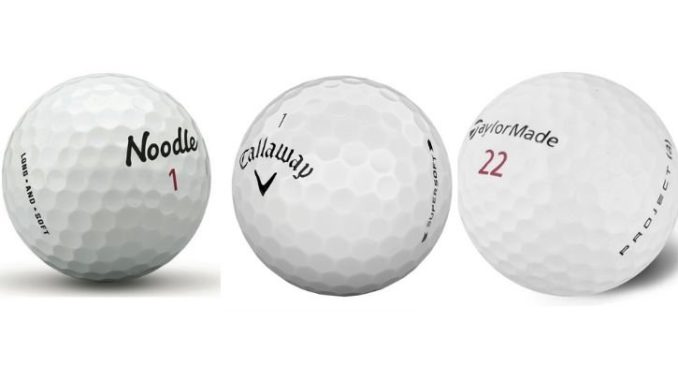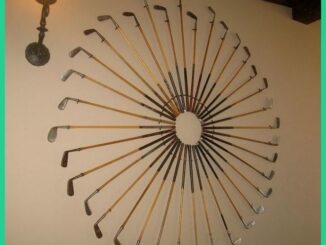
Golf, like most sport, is a game of precision and accuracy. In order to score a hole in one, you need the utmost concentration, and physical and mental strength. Furthermore, you need to match your skills and experience with your golfing accessories and equipment, particularly the golf ball.
For non-golf aficionados, one golf ball is the same as other golf balls. The only major difference such people may see between one ball from another is the manufacturer or brand name. In the eye of a golfer lover, however, golf balls differ in more ways than one.
If you want to improve your game, you need to pay attention to the type, covering material, core structure, and compression rates of a ball. You must bear in mind that your swing and level of play should be matched with the golf ball you use. Thus, you can’t expect to be like Tiger Woods simply by buying and using the same golf accessories, shoes, and balls that he uses.
Here are basic golf ball comparisons you need to know to help improve your golf games:
Common Golf Ball Types
Two-piece
If you are just starting to play golf, you most probably need to consider using the two-piece golf ball. This type of ball, aside from being the cheapest type available in the market, is aimed at providing great distance. If your swing is slow, the big rubber core of the ball helps in transferring the energy from the swing to the ball efficiently, thereby providing you with good distance.
If you are a neophyte in the game, you need to concentrate on your accuracy. Hence, you need a ball that will boost your distance, enabling you to concentrate more on building your accuracy. Once you have mastered consistency, then you need to try the other types of golf ball.
Three-piece
The three-piece ball is ideal for advanced players, who have pretty much mastered control, partly because a person wouldn’t want to spend too much for a golf ball that will brandish his or her hit-and-miss swings. Such a ball, which is preferred by pro players, is composed of a core, which can be solid or made up of liquid or gel, a layer of wounded thread, and a plastic covering.
Materials used as golf ball coverings
Although there maybe other kinds of golf ball covering, the two most popular are the surlyn and balata.
Balata
Balata golf balls, which are usually three-piece balls, are made of soft covering. Professional golfers prefer such balls because they not only cuts and scuffs easily, but they are also easier to control. Furthermore, balata balls give more spin. However, these balls have shorter life span and are more expensive.
Surlyn
Surlyn balls are more apt for amateur gofers because they are cheaper. Most two-piece golf balls are made of surlyn, a hard material, thus it is more resistant to cuts and scuffs and provide more distance. Aside from being more inexpensive, such balls are also long lasting. However, it is harder to control and does not provide ample spin.
Compression rate
Traditionally, the tightness of the golf ball’s thread windings determines its compression rate. Due to recent technological advancement, however, the compression rate of a golf ball is now basically dependent on how the ball is affected when it is hit. The compression rating of golf balls usually range from 70-110.
Low compression balls
Balls with compression rating of 70-80 are considered low compression balls. Such balls are soft and are easily deformed or compressed when hit. Players with slow swings are encouraged to use such ball.
Medium compression balls
Most advanced golfers prefer balls with a compression rate of 90. These medium compression balls provide both softness and ease of control.
High compression balls
Golf balls with 100-110 compression rating are high compression balls. Such balls are hard and are less likely to deform upon impact, compared to those with lower compression rates. A high compression ball is ideal for those whose club head speeds are high.
Be keen in knowing how the type of ball or its compression rates affect your performance. Keep in mind that the knowledge of golf ball comparisons is handy in enhancing your strengths and masking your weaknesses in the golf course.
Proudly WWW.PONIREVO.COM
by Lee Dobbins



